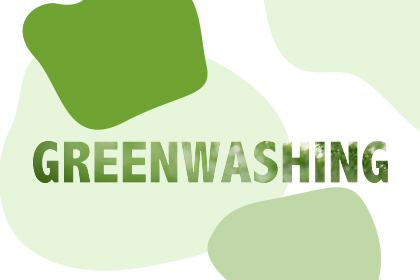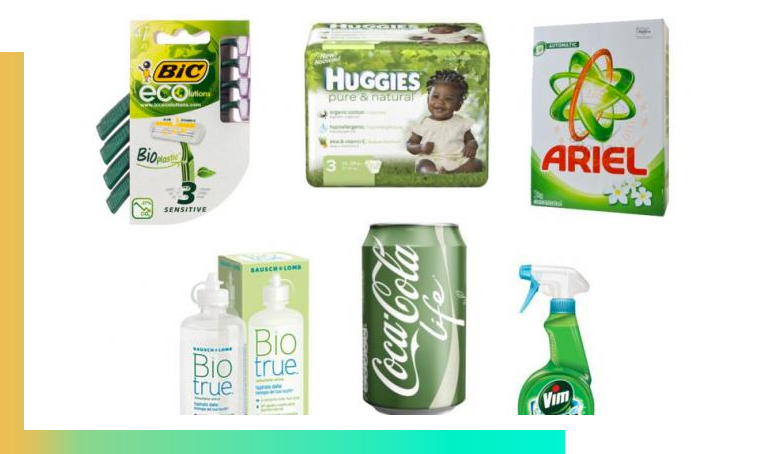
For a few years now, we have been turning more and more to Green trendency.
Faced with this new way of thinking, being and doing, some companies do not hesitate to convey a misleading image. In fact, brands compete in ingenuity to communicate their interest in the environment through an eco-design and eco-responsibility approach. But we must be wary of the opportunistic approaches of some companies, which tend more towards greenwashing than a real concern for the environment.
How to unravel the true from the false?
Greenwashing is the art of using communication methods to make something look “green” when it is not. Considered as abusive or misleading advertising, it is notably combated in France by the ARPP (Advertising Professional Regulation Authority) and the ADEME (Environment and Energy Management Agency). There are clues that can warn us: having a green logo or a green background, images of forests or flowers, the words nature, green, ecological (etc…) on the packaging (instead of considerably reducing the amount of packaging), using vague terms, exaggerations, unfounded statements, the use of false eco-labels. So many subjects put forward by brands, often in an excessive way. It is not always easy to recognise if the “eco-responsible” image is far from reality or not. Nevertheless, we must be wary of messages that lack transparency and/or overdo it.
Commitment or creative opportunity?
Indeed, greenwashing is a communication and marketing strategy adopted which consists in putting forward ecological arguments in order to forge an eco-responsible image with the public. However, the reality of the facts often does not correspond, or insufficiently, to the explicit or implicit content of the messages disseminated. Greenwashing generates confusion that is detrimental to the structures actually engaged in effective CSR and sustainable development approaches.


